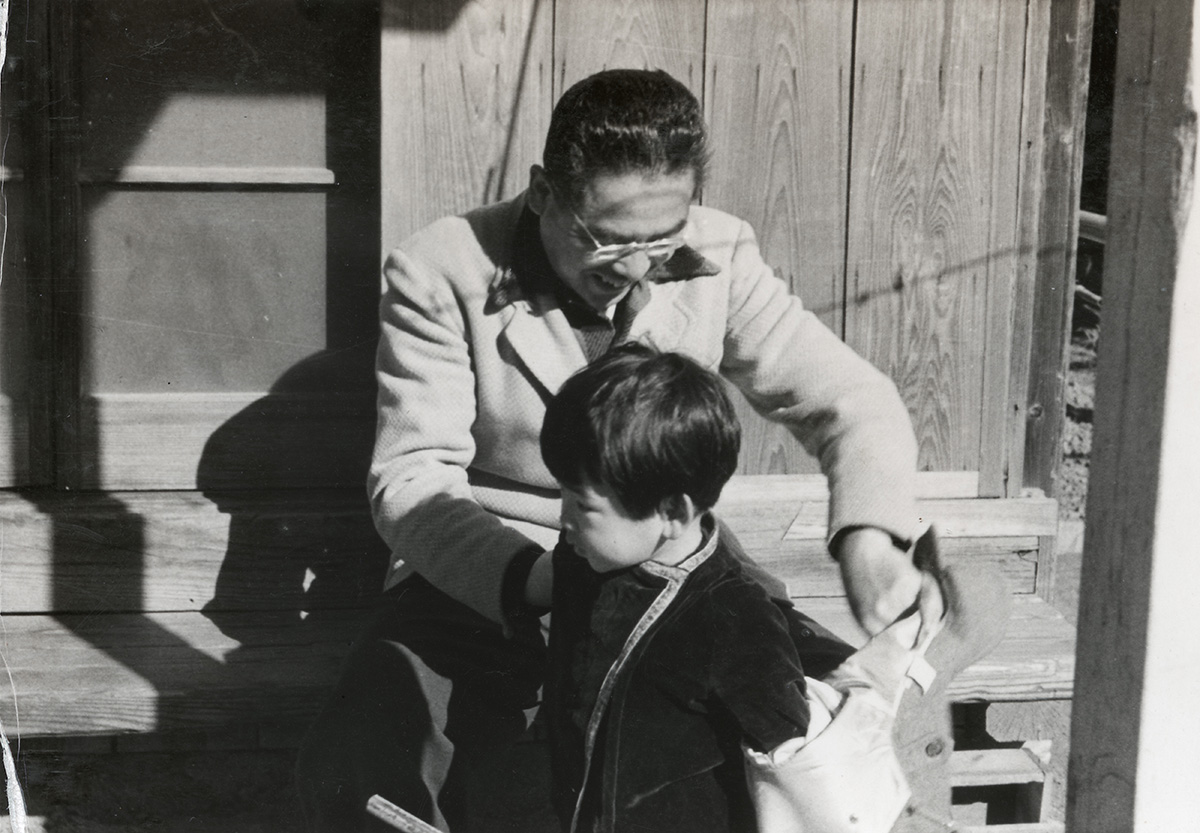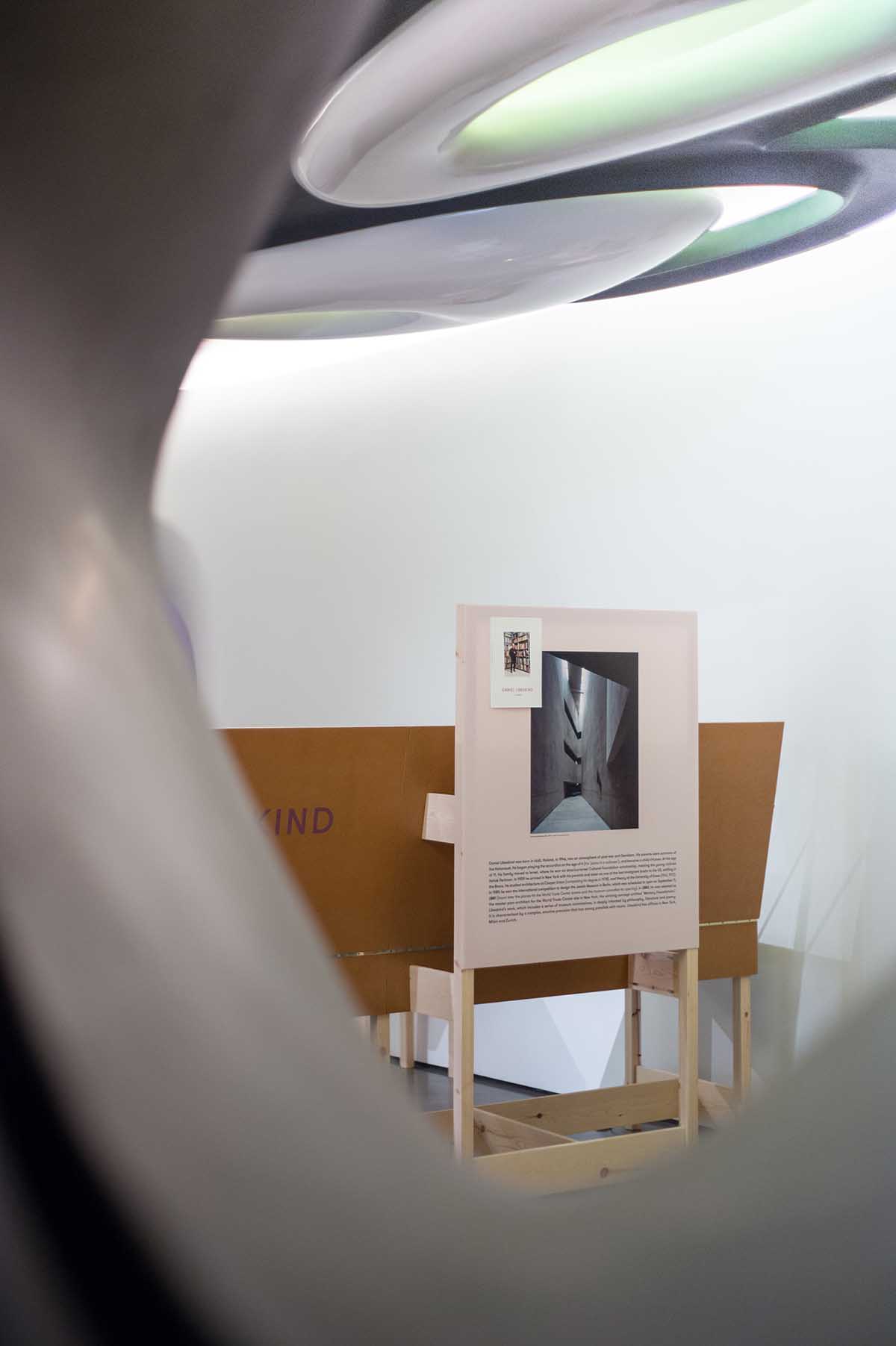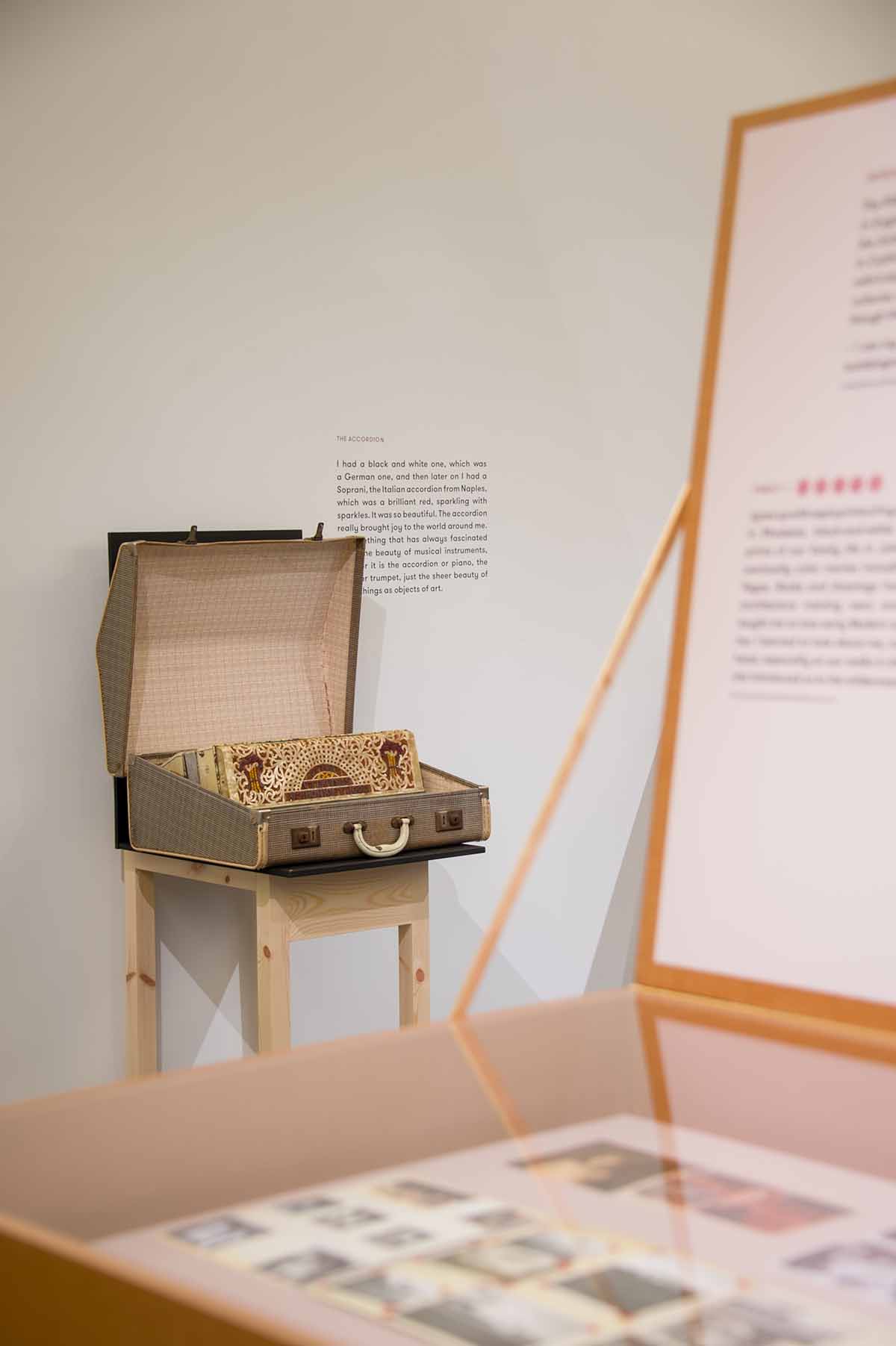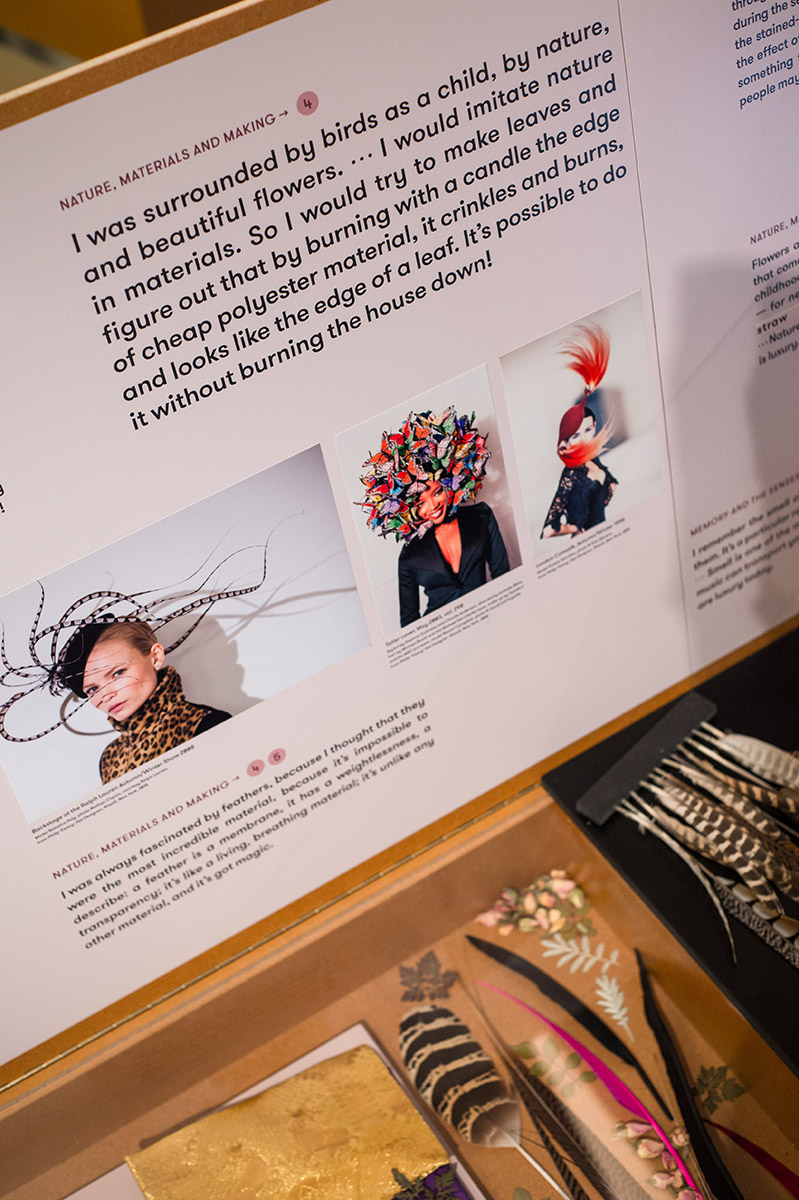This website uses its own or third-party cookies. By continuing to browse, you consent to our use of these cookies.. If you wish, you can modify your preferences in your browser.
Childhood ReCollections: Memory in Design
Soak, Steam, Dream: Reinventing Bathing Culture
Urbanistas: Women Innovators in Architecture, Urban and Landscape Design
- 17Sep
- 23Jan
17/09/15 to 23/01/16
Roca London Gallery (How to reach us)

Zaha Hadid, Kengo Kuma, Daniel Libeskind, Nieto Sobejano, Denise Scott Brown and Philip Treacy revealed the childhood recollections that have shaped their outstanding visions and work.
Architects and designers are often asked whose work inspired them as students, and influenced their thinking, but Roca London Gallery’s autumn show in 2015 suggested that design inspiration actually goes back much further than this, into early childhood, and can take some unexpected forms.
Writer and curator Clare Farrow interviewed six leading architects and designers about their recollections of childhood perceptions, experiences and sensations, as a key to understanding what for them has now become intuitive in their practice.
Inspired by Chanel’s words – ‘Fashion is architecture: it is a matter of proportions’ – the theme of the show extended beyond architecture and furniture design into the world of fashion, in the inspirational form of milliner Philip Treacy, whose childhood memories also encompass light, colour, nature, scent, materials, structure, and above all, a heightened sensitivity to the world.
Conceived as modern-day, multi-sensory, interactive cabinets of curiosities – as reflected in the exhibition design by architecture and design studio Mentsen – the designers’ memories were re-collected through photographs, text, objects, materials, scent, film, music and sketches, in the context of their contemporary designs.
From the chicken and pheasant feathers that first inspired Treacy in the Irish countryside, to the sparkling red accordion that brought colour and music into the grey, post-war childhood world of Poland for Daniel Libeskind (who draws an intriguing parallel between architecture and his mother’s geometric, structured designs for women’s underwear in the early 1950s); from the earthen wall and washi papers in Kengo Kuma’s childhood home, to the modernist dreams of a cosmopolitan Baghdad in 1957 and a furniture studio in Beirut that inspired a 7-year-old Zaha Hadid – these stories are fascinating, personal, revealing, and utterly unique. “It is really a fantastic project, because it is such an interesting connection of people’s ideas of the world, to the past and to the future,” says Daniel Libeskind.
“It is really a fantastic project, because it is such an interesting connection of people’s ideas of the world, to the past and to the future,”
Daniel Libeskind
Clare Farrow says: “In the process of curating the exhibition, some fascinating patterns have emerged: the impact of world history on these very intimate stories; themes of displacement and difference; the importance of nature and music in childhood; and the involvement of all the senses in establishing a unique design vision. I feel very honoured that these designers have responded with such interest and enthusiasm to the project. I am also delighted that Kengo Kuma and Daniel Libeskind, for example, have created new sketches, inspired by their childhood memories, specially for the show, Nieto Sobejano are devising an interactive element and Denise Scott Brown is contributing extracts from her new, unpublished manuscript.”
“In the process of curating the exhibition, some fascinating patterns have emerged: the impact of world history on these very intimate stories; themes of displacement and difference; the importance of nature and music in childhood; and the involvement of all the senses in establishing a unique design vision. I feel very honoured that these designers have responded with such interest and enthusiasm to the project. I am also delighted that Kengo Kuma and Daniel Libeskind, for example, have created new sketches, inspired by their childhood memories, specially for the show, Nieto Sobejano are devising an interactive element and Denise Scott Brown is contributing extracts from her new, unpublished manuscript.”
Clare Farrow



Other exhibitions
-
- 09Feb
- 19May
Timber Rising: Vertical Visions for the Cities of Tomorrow- From 09 Feb 2018 to 19 May 2018
The last exhibitions
-
- 19Apr
- 30Sep
Bio-Spaces: Regenerative, Resilient Futures
- Coming soon
- From 19 Apr 2024 to 30 Sep 2024
© Mamou Mani Architects
Exhibition
